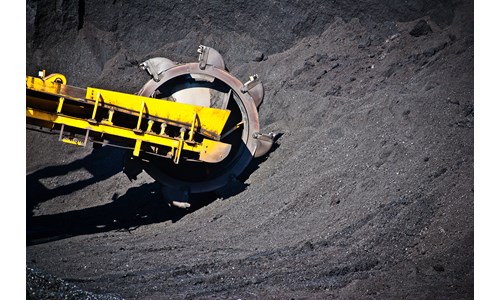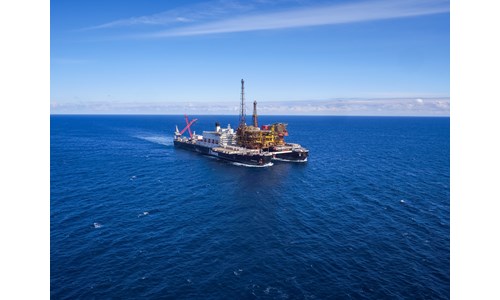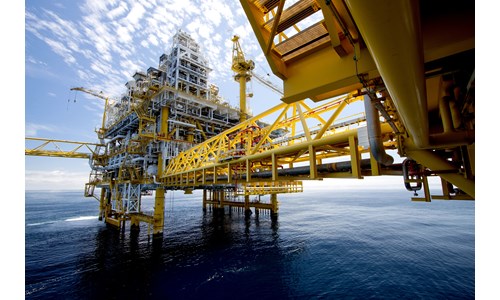NE Asia LNG demand slump hits shipping hard
*Please note that this report only includes an Excel data file if this is indicated in "What's included" below
Report summary
Table of contents
- Executive summary
- Faltering demand in NE Asia
- New LNG supply backs out long-haul imports
- LNG fleet growing rapidly
- Short-term/spot charter rates to remain under pressure
Tables and charts
This report includes the following images and tables:
- NE Asia LNG imports by country (mmtpa)
- NE Asia LNG imports by country (tonne-miles)
- NE Asia LNG imports by source (mmtpa)
- NE Asia LNG imports by source (tonne-miles)
- NE Asia tonne-mile demand v fleet capacity
- NE Asia LNG tonne-mile demand v charter rates
What's included
This report contains:
Other reports you may be interested in
NE Asia LNG imports surge not enough for shipping
Rapid growth in demand for LNG ships in NE Asia is being matched by equally rapid growth in the supply of LNG ships
$1,050Global LNG Wallmap
Wood Mackenzie has produced a highly detailed Global LNG wallmap, showing LNG shipping routes,liquefaction and regasification terminals.
$550LNG: 2017 in review
Mixed year for LNG ends on a high
$1,050














